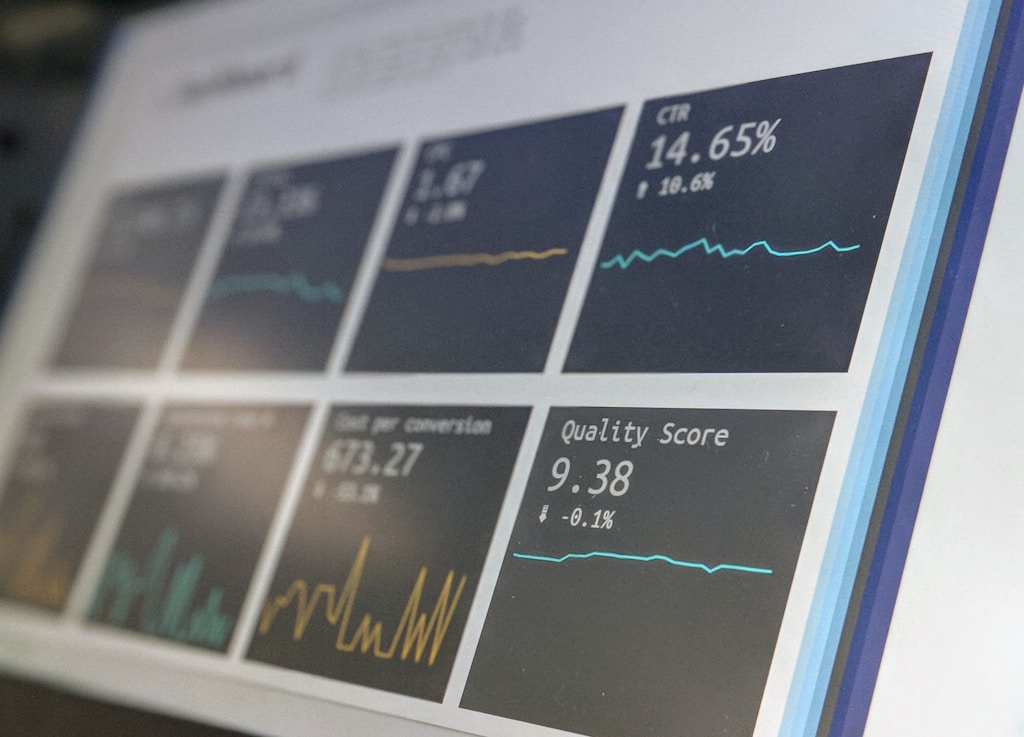Performance Marketing: Driving Tangible Results
Here are 10 performance marketing strategies to help businesses achieve their desired outcomes:
- Exploit Advanced Targeting Techniques: Modern performance marketing platforms offer sophisticated targeting options, encompassing demographics, behavior, and interests. By leveraging these tools, marketers can pinpoint their exact audience, potentially boosting conversions and ROI.
- Segment Your Audience: Grouping your audience based on parameters such as demographics, interests, or even past purchases enables tailor-made campaigns. Personalized messages to specific segments tend to yield better results, amplifying conversion rates.
- Harness Dynamic Creativity: Dynamic creative techniques automatically adjust ad content based on user-specific data. A returning visitor and a first-time viewer could see different ads, ensuring higher engagement levels and, consequently, better conversion rates.
- Test and Optimize Continuously: Performance metrics serve as your guiding light. Regularly testing various campaign elements—be it ad copy, landing pages, or even targeted demographics—provides insights into what resonates best with your audience.
- Embrace Attribution Modeling: With myriad marketing channels available, understanding each one’s contribution to conversion becomes indispensable. Marketing analytics, particularly attribution modeling, offers a clear picture of channel effectiveness, helping in informed ad spend decisions.
- Clarify Your Objectives: Setting defined goals—whether they concern sales, lead generation, or brand visibility—can shape channel and strategy choices, ensuring alignment with desired outcomes.
- Track Performance Dililigently: Keeping a close eye on performance metrics helps in real-time optimization. Understand what’s working and where the campaign is falling short, and pivot accordingly.
- Diversify Your Marketing Channels: Relying solely on one channel can be restrictive. Employing a mix ensures wider audience reach and opens avenues for better ROI.
- Focus on Quality Over Quantity in Creatives: The essence of your campaign lies in its creative content. Ensure that it is of high quality, relevant, and strikes a chord with your target group.
- Collaborate with Performance Marketing Agencies: If internal resources are stretched thin, partnering with a specialized performance marketing agency can be beneficial. Their expertise can guide campaigns toward achieving set objectives more effectively.
A powerful insight from McKinsey encapsulates the essence of this discourse, stating, “The pressure on business leaders to demonstrate return on investment from a diverse portfolio of marketing programs is only increasing. The data to make smarter decisions are available, as are the analytical tools. We believe that taking an integrated analytics approach is the key to uncovering meaningful insights and driving above-market growth for brands.”
By adapting and integrating the above strategies, businesses can position themselves for heightened ROI and success.
In simpler terms:
Performance marketing is a type of marketing where you only pay when you get the results you want, such as clicks, conversions, or sales. It’s a great way to make sure your marketing budget is being spent wisely.
Here are 10 tips for doing performance marketing effectively:
- Use advanced targeting techniques to reach the right people.
- Segment your audience so you can send them personalized messages.
- Use dynamic creativity to show different ads to different people.
- Test and optimize your campaigns regularly to see what’s working and what’s not.
- Use attribution modeling to understand which marketing channels are driving the most conversions.
- Set clear goals for your campaigns so you can measure your success.
- Track your performance closely so you can make adjustments on the fly.
- Use a mix of marketing channels to reach more people.
- Create high-quality creative content that will resonate with your target audience.
- Consider working with a performance marketing agency if you need help.
By following these tips, you can use performance marketing to drive tangible results for your business.

